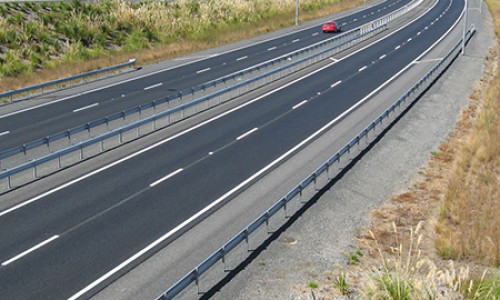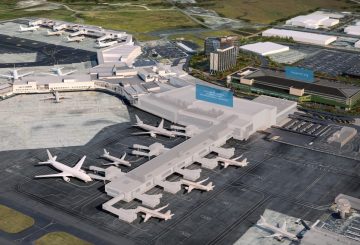ニュージーランドで最も危険な交差点の1つをアップグレードする計画は、南ワイカトの経済発展である可能性があります。
2020年初め、政府は何年にもわたる重大な墜落の後、ティラウの北にあるピアレレ州道1/29交差点にロータリーを設置するプロジェクトを発表しました。
このプロジェクトは2022年まで開始されませんが、ワイカト・リバー・トレイルズのゼネラルマネージャーGlyn Wooller(グリン・ウーラー)は、歩行者やサイクリストが将来的に証明されるよう、早期に開始しています。そして彼は大きな願望を持っている。
これには、ホラホラ通り沖のPokaihenua駐車場から新しいラウンドアバウトまで、間違いなく地区でトップのレクリエーションドローカードとなっているリバー・トレイルの延長も含まれます。通常、ファーストフードやガソリンアウトレットに予約されている地域では、彼は地区の玄関口としてサイクリングのハブを確立したいと考えています。
1月の会合で南ワイカト地区評議会に演説し、ウーラーは、ワカ・コタヒニュージーランド運輸局(NZTA)[engineering consulting firm]とWSPと彼のアイデアについて早期に会談していると述べた。
「トレイルを非常に知名度の高い交差点まで拡張する素晴らしい機会があると信じています」と彼は言った。
「それはちょうど4km未満で、アイデアは川のトレイルへの玄関口とサウスワイカトへのゲートウェイを作ることです。なぜなら、より多くの人々がより多くの経済発展とプロフィールを引き付けることができるからです。」
ウーラーは、ラウンドアバウトの近くにハブを設置することで、地区が毎日通過する15,000人の人々を利用できるようになると述べた。
「ラウンドアバウト交差点の位置付けはまだ確立されていませんが、現在の交差点がどこにあるかからマタマタに向かって少し進んでいる可能性が高い」と彼は言った。
「それはどういう意味ですか、現在の道路がどこにあるか空いている不動産があり、マクドナルドやBPなどのサービスエリアについて規定がなされていないことは理解しています。
「どういうわけかその土地がワイカト・リバー・トレイルやその他のトレイルを宣伝できるハブに利用できるようになれば素晴らしいことです。
「確かに保証されるわけではありませんが、それは私のビジョンです。」
ヘイミッシュ・デイン議員はその概念を支持した。
「電気自動車(EV)の充電ステーション、電子バイクを持っている素晴らしい機会になるだろう、と彼は言った。
ジェニー・シャトック市長は同意した。
「[would be]私たちはマタマタ・ピアコとワイパに引っ掛けた。これらは大きな乗り物であり、それは本当にエキサイティングだ」と彼女は言った。
「私はいつもワイカト・リバー・トレイルズを支持してきました。地区としての私たちが長年にわたって受けた影響と経済的利益は大きくなっています。」
ウーラー氏は、このプロジェクトは、NZTA、評議会、ビジネスイノベーションおよび雇用省からの最近の助成金、およびその他のさまざまなパートナーによって部分的に資金を提供する必要があると述べた。
「河川試験の開発と延伸計画を立てれば、NZTAがその投資を行う可能性が高いため、その空間で積極的に取り組んでいる」と彼は言った。
ソーススタッフ:https://www.stuff.co.nz/waikato-times/news/300212148/waikato-intersection-upgrade-spurs-economic-hopes-for-popular-trails






























































